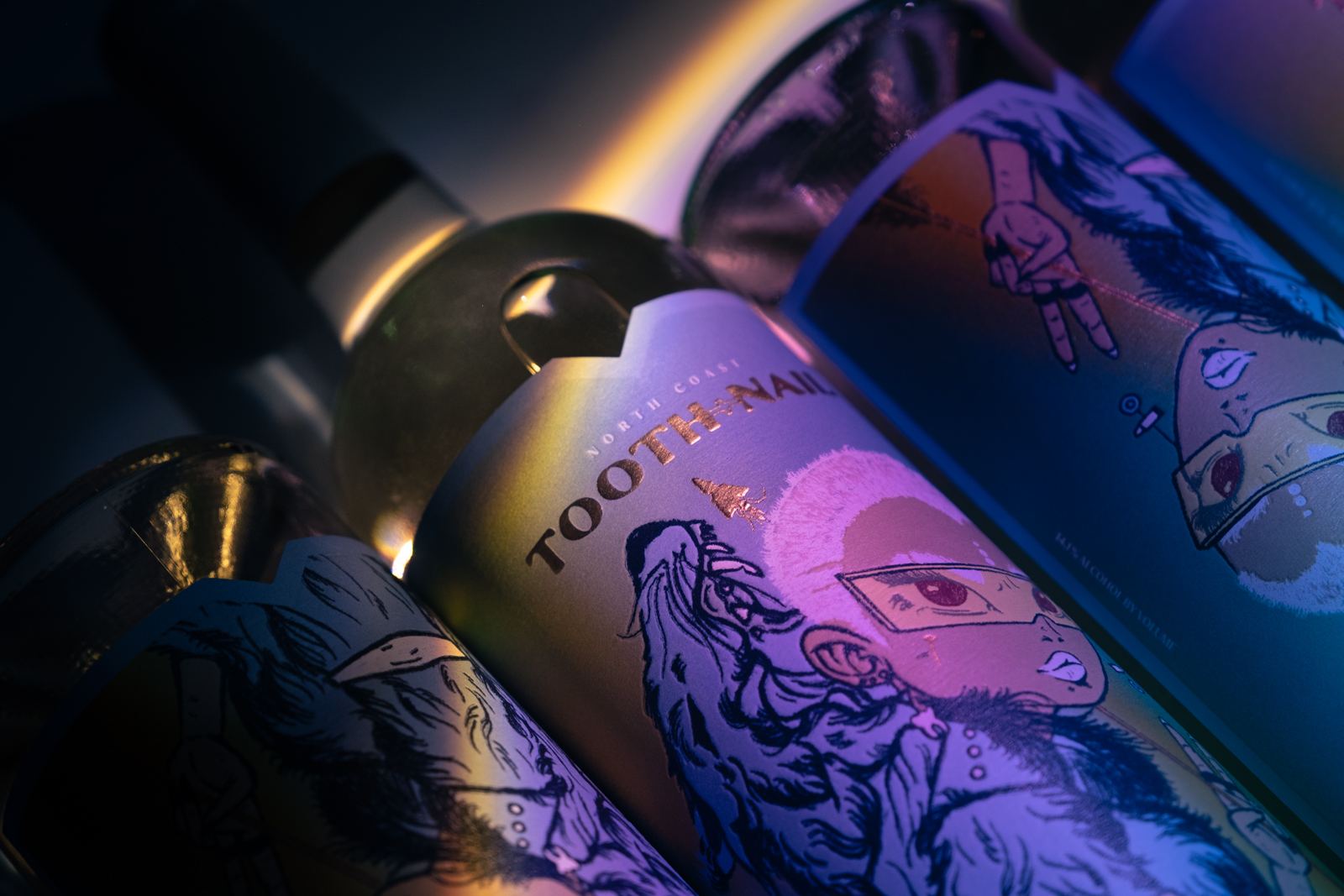This is a repost of my article found on LinkedIn. I felt it relevant to the readership here. Enjoy.
Yesterday I had the honor of speaking with Alexander Kaufman from the Huffington Post about TGI Friday’s new promotion (AYCE Appetizers for $10) and the ramifications of it on their brand. You can check out the article here. The article covers a lot of my opinions which were naturally confirmed by other restaurant experts, but I wanted to take the time to dig a little deeper.
For those that don’t know, TGI Friday’s launched a new, aggressive promotion where customers can get all the appetizers they can eat for only $10. It’s analogous to the slimy used car salesman. TGI Friday’s is pandering, peddling and pushing it’s low quality food at any cost. “What’s it gonna take to get you into an appetizer today?!” They might as well put a inflatable flailing arms guy out front of every location.
Although the promotion seems like it’s in the same vein as other promotions they’ve run in the past* this one seems more like a last ditch effort to stave off the inevitable: TGI Friday’s is failing. There are a number of drivers pushing towards this inevitable decline:
- They’re known for processed and frozen foods that aren’t great and definitely not healthy
- Their atmosphere is no longer unique and devoid of the attitude it once had
- Run on a business/operations model to which the market no longer responds
We all grew up eating at Casual FSRs whether it’s an Olive Garden, Applebee’s or Ruby Tuesday. These approachable restaurants touting fun-times and new experiences popped up all over the place decades ago. Their rapid growth could be attributed to a multitude to their new dining experiences, but that would only take a restaurant so far. The main reason places like Friday’s were about to replicate their concepts was the creation of processes that controlled consistency from location to location.
You could go to a Friday’s in New York and have the same experience you’d have in Florida. The food would be the same, the people, atmosphere, and so on. This assembly line approach to creating a restaurant experience was the foundation for their rapid growth. This strong backbone continues to keep things running, but a few recent trends have taken root and they’re directly chopping away at the core of the Friday’s model.
Farm-to-table craze hit the US market and with it came an ever-growing awareness around fresh ingredients and responsibly grown produce. Processed foods are now constantly demonized, and the rush towards eating better continues to skyrocket. Eating “healthy” isn’t about dieting any longer. It’s about eating fresher across the board and taking an acute interest in how animals are raised, how food is grown, and the effects of additives on the human body. Terms like “all natural”, “locally sourced” and “responsibly grown” are now apart of our vernacular.
People don’t want processed foods. They don’t want to eat frozen garbage that’s dropped in a fryer, or a bag of pasta heated in a boiling pot of water. It doesn’t matter how cheap you make it. That pushes the quality further into the gutter in the consumer’s mind. TGI Friday’s compounds their dedication to frozen, non-fresh foods by selling said food in a freezer at your local grocery store.
The second reason for the downfall of brand giants like Friday’s is their dining experience is worn out. The atmosphere of TGI Friday’s was always a zany, high energy, fun-time spot. Jokes about the amount of flare worn even made it into cult films like Office Space. It was a spot to go in the neighborhood because the other spots were rundown independent bars that were smoky, dingy and depressing. Casual FSRs brought a clean spot with a great vibe and changed the game.
However, with growth comes dilution of the restaurant’s brand. TGI Friday’s can’t be a neighborhood spot because neighborhoods have attitude, character and personalities that are different from anywhere else. TGI Friday’s is the exact same at every location. It’s been the same for decades. Nothing has changed which means we’ve all been there, done that. In order to stay interesting and keep new trials and loyalty at a high, you have to grow and reconfigure the brand naturally. This means creating new ideas that reinvigorate the experience and interrupt the norm customer have come to expect. TGI Friday’s is the same today as it was yesterday and the only changes are the new promotions for cheap food.
Finally, the third reason Casual FSRs are declining and failing can be attributed directly to the Fast Casual movement. Independents and new small chains built on the fast casual format have sprung up with amazing atmospheres Their experiences have new character and authentic personality. These guys are fulfilling a desire in the market for higher quality food at a good price. Most Casual FSRs can’t offer the same.
The fast casual format alone has eliminated the need or desire for a full service casual experience. New fast casuals serve craft beers, craft cocktails and amazing food. They meet the markets demands for fresher ingredients and more sophisticated flavor profiles. What’s more is this format can keep prices low on the food because there isn’t the need for a large staff to run the ship. People aren’t concerned with having someone wait on their table. In a fast casual format the food is brought to you and you’re left in peace to enjoy the meal which is all most people ever wanted anyway. Save the waiters for a night out at a fine dining restaurant.
The very things that constructed the backbone of casual FSRs behemoths are exactly the things crushing them. This traditional model is dying quicker and quicker. Unfortunately, the only way these slow casual restaurants will change the inevitable is with a full overhaul of the business model, operations and food. It doesn’t look like any of them are even considering it.
What are your thoughts on the promotion and the future of TGI Friday’s and/or the slow casual restaurant model?
* – TGI Fridays ran a promotion pushing 2 for $20 in 2012.






